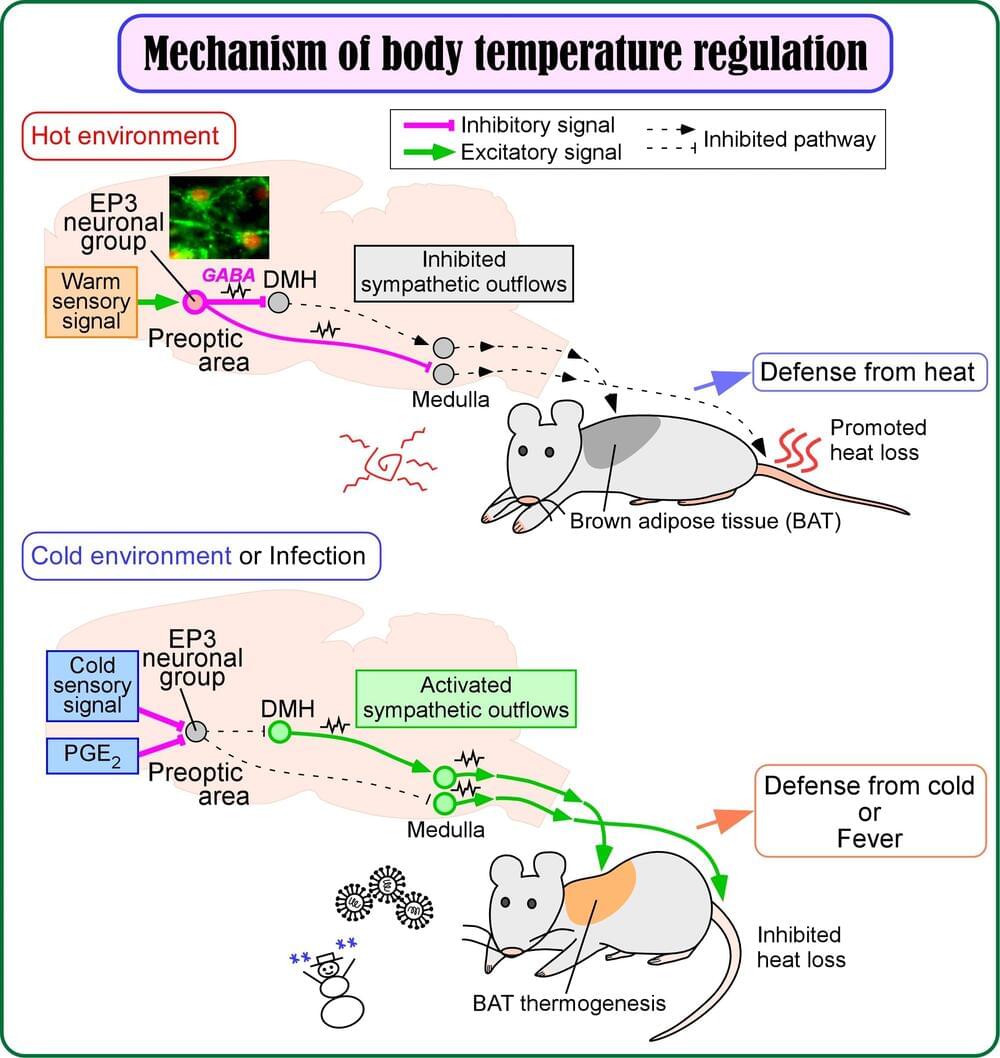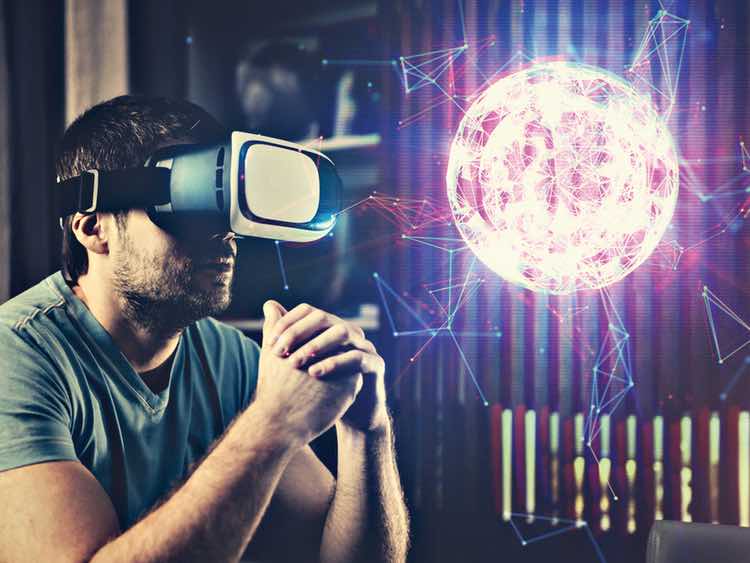Get a head start with our four big bets for 2023.




A previously unidentified Maya civilization made up of 964 interconnected settlements has been discovered in northern Guatemala. Dated to the Preclassic Maya period – which lasted from around 1,000 BCE until 150 CE – the scattered sites cover an area of approximately 1,685 square kilometers (650 square miles) and are linked by 177 kilometers (110 miles) of ancient roads.
Researchers spotted the network of settlements using LiDAR, a detection system that bounces laser signals off surfaces in order to reveal hidden features and structures. While flying over Guatemala’s Mirador-Calakmul Karst Basin (MCKB), the team utilized the technology in order to penetrate the thick jungle canopy and expose the ancient constructions lurking beneath.
“The LiDAR survey revealed an extraordinary density and distribution of Maya sites concentrated in the MCKB, many of them linked directly or indirectly by a vast causeway network,” write the researchers in a new study. In total, they found 775 sites within the MCKB itself, with a further 189 located in the surrounding karstic ridge.

A research group at Nagoya University in Japan has reported that a group of neurons, called EP3 neurons, in the preoptic area of the brain play a key role in regulating body temperature in mammals. The finding could pave the way for the development of a technology that artificially adjusts body temperature to help treat heat stroke, hypothermia, and even obesity. The new study was published in the journal Science Advances.
Body temperature in humans and many other mammals is regulated at about 37°C (98.6°F), which optimizes all regulatory functions. When body temperature noticeably deviates from the normal range, functions are impaired, which could lead to heat stroke, hypothermia, and, in the worst case, death. However, these conditions might be treated if body temperature can be artificially adjusted to the normal range.
The brain’s temperature regulation center resides in the preoptic area, a part of the hypothalamus that controls the body’s vital functions. For example, when the preoptic area receives signals from a mediator called prostaglandin E (PGE2) that is produced in response to infections, this area releases a command to raise body temperature to fight against viruses, bacteria, and other disease-causing organisms.

It now costs between $3bn-4bn to build a silicon chip fabrication plant (fab plant), and consequently, there are relatively few fabs around the world.-from 2019.
UK companies get ahead of the curve with investments in R&D and fabrication infrastructure for next-gen electronics. Andy Sellars, Chief Business Development Officer, UK Catapult, explains the strategy.
Artificial intelligence (AI) and quantum computing require compound semiconductors to achieve full commercialisation.

The influenza virus is an recurring nightmare, killing thousands of people each year. Learn how the virus attacks its host, why it’s nearly impossible to eradicate, and what scientists are doing to combat it.
➡ Subscribe: http://bit.ly/NatGeoSubscribe.
About National Geographic:
National Geographic is the world’s premium destination for science, exploration, and adventure. Through their world-class scientists, photographers, journalists, and filmmakers, Nat Geo gets you closer to the stories that matter and past the edge of what’s possible.
Get More National Geographic:
Official Site: http://bit.ly/NatGeoOfficialSite.
Facebook: http://bit.ly/FBNatGeo.
Twitter: http://bit.ly/NatGeoTwitter.
Instagram: http://bit.ly/NatGeoInsta.
Read more in “Viruses, explained“
https://on.natgeo.com/2CNhb22
Flu Virus 101 | National Geographic.
National Geographic.
https://www.youtube.com/natgeo
This portable unit needs less power to operate than a cell phone charger and could make it much easier for those in resource-poor areas to desalinate water.
China’s ByteDance is using data from TikTok to track journalists and this is now raising eyebrows. There is growing fears that security concerns over TikTok might actually be true. The Chinese ByteDance wants to know which of its employees are speaking to the media.
#china #tiktok #bytedance.
About Channel:
WION The World is One News, examines global issues with in-depth analysis. We provide much more than the news of the day. Our aim to empower people to explore their world. With our Global headquarters in New Delhi, we bring you news on the hour, by the hour. We deliver information that is not biased. We are journalists who are neutral to the core and non-partisan when it comes to the politics of the world. People are tired of biased reportage and we stand for a globalised united world. So for us the World is truly One.
Please keep discussions on this channel clean and respectful and refrain from using racist or sexist slurs as well as personal insults.
Check out our website: http://www.wionews.com.
